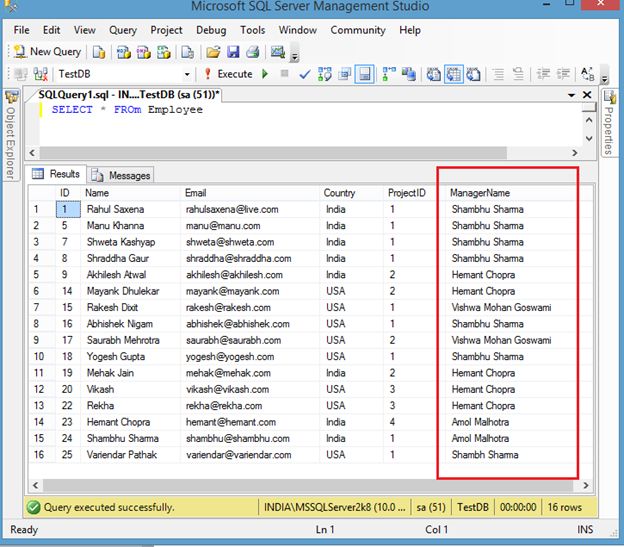

- #Duplicacy copy job mac os x
- #Duplicacy copy job full
- #Duplicacy copy job download
- #Duplicacy copy job free
However, no cloud backends are implemented, as in Obnam. Deletions of old backup is also supported. It follows the same incremental backup model as Obnam, but embraces the variable-size chunk algorithm for better performance and better deduplication. It is unclear if the lack of cloud backends is due to difficulties in porting the locking data structures to cloud storage APIs.Īttic has been acclaimed by some as the Holy Grail of backups. Multiple clients can back up to the same storage, but only sequential access is granted by the locking on-disk data structures. As a result, deletions or insertions of a few bytes will foil theĭeletion of old backups is possible, but no cloud storages are supported. Although Obnam also splits files into chunks, it does not adopt either the rsync algorithm or the variable-size chunking algorithm.
#Duplicacy copy job full
Obnam got the incremental backup model right in the sense that every incremental backup is actually a full snapshot. It doesn't support any cloud storage, or deletion of old backups. Periodic full backups are required, in order to make previous backups disposable.īup also uses librsync to split files into chunks but save chunks in the git packfile format. Deleting one backup will render useless all the subsequent backups on the same chain. However, duplicity's biggest flaw lies in its incremental model - a chain of dependent backups starts with a full backup followed by a number of incremental ones, and ends when another full backup is uploaded. It is the only existing backup tool with extensive cloud support - the long list of storage backends covers almost every cloud provider one can think of. To find the differences from previous backups and only then uploading the differences. Comparison with Other Backup Toolsĭuplicity works by applying the rsync algorithm (or more specific, the librsync library)
#Duplicacy copy job free
Hubic offers the most free space (25GB) of all major cloud providers and there is no bandwidth charge (same as Google Drive and OneDrive), so it may be worth a try.
#Duplicacy copy job download
To use Hubic as the storage, you first need to download a token file from byĪuthorizing Duplicacy to access your Hubic drive, and then enter the path to this token file to Duplicacy when prompted. Once you have the Duplicacy executable on your path, you can change to the directory that you want to back up (called repository) and run the init command: Or you can simply visit the releases page to download the version suitable for your platform. You can build the executable by cloning this github repository and then running go build main\duplicacy_main.go. Getting Startedĭuplicacy is written in Go. The design document explains lock-free deduplication in detail. Apply a two-step fossil collection algorithm to remove chunks that become unreferenced after a backup is deleted.Store each chunk in the storage using a file name derived from its hash, and rely on the file system API to manage chunks without using a centralized indexing database.Use variable-size chunking algorithm to split files into chunks.The key idea of Lock-Free Deduplication can be summarized as follows: Snapshot migration: all or selected snapshots can be migrated from one storage to another.

#Duplicacy copy job mac os x
There is also a Duplicacy GUI frontend built for Windows and Mac OS X available from. The repository hosts source code, design documents, and binary releases of the command line version. It is the only cloud backup tool that allows multiple computers to back up to the same storage simultaneously without using any locks (thus readily amenable to various cloud storage services).

Duplicacy: A lock-free deduplication cloud backup toolĭuplicacy is a new generation cross-platform cloud backup tool based on the idea of Lock-Free Deduplication.


 0 kommentar(er)
0 kommentar(er)
